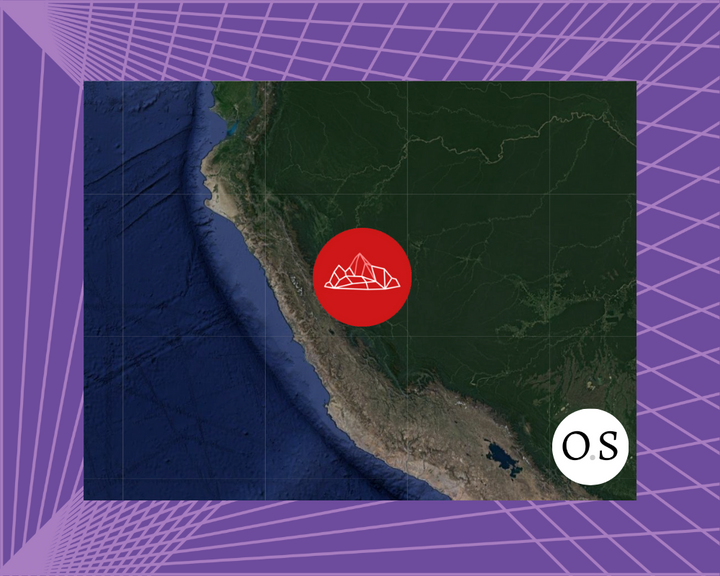The art of MVP. A successful way to build a product

To build a successful business it is not enough to be quick to market, you also need to be able to iterate and adapt quickly. The MVP approach could be described as “Release early, and release often!”
Being able to iterate quickly saves both money and time as it lets you evaluate ideas quickly as you grow and shape your product. Instead of six months of development for a new feature to only discover it wasn't quite what your users wanted. You can incrementally introduce functionality over days or weeks. This drastically reduces the risk of making the necessary changes as the feedback loop is so much smaller.
This isn't a new concept by any means, it's based on the idea of 'lean manufacturing', first documented in the 1920s and later brought to industry by Toyota in the 1940s. Later popularized for the start-up world by Eric Reis in his book “The Lean Startup”. The core component of this technique is the Minimum Viable Product (MVP), described by Reis as: "That version of a new product which allows a team to collect the maximum amount of validated learning about customers with the least effort."
Put another way, the MVP is your product/service trimmed down to only the barest essentials that allow for customers to experience the benefits and comprehend the core functionality. It allows you to gather feedback and see how well your offering works when the rubber hits the road.
The MVP process is a valuable tool that provides real data for several critical questions:
- Validating your choice of target customers.
- Collecting feedback on the core idea, user stories, workflow pain points.
- How well you fare compared to the competition.
- What design or architectural decisions need to be made or prepared for. (Can it scale?)
But most importantly it will answer the following question:
- Does it solve a problem that needs to be solved?
After working through this process and evolving your product, you will know if your idea is ready for further development. Not to mention that the metrics and conclusions collected as part of the development of your MVP (You were collecting all of that data, right?) will help you craft the ultimate pitch deck, leaving you ready to pounce on unsuspecting and cautious investors.
If you and your idea are ready for an MVP you can begin the process by using our MVP template, or if you need something more complex, we can recommend this MVP plan by Bram Kanstein. For further reading on this topic this YC learning material might also be useful for you.
When it comes to implementing your MVP it is often wise to hire a team experienced in prototyping and bring ideas to life. Outsourcing this task reduces risk by offloading a vast array of smaller issues to more interested minds freeing you to focus on shaping your idea. That's where we, Obsidian Systems, step in. Obsidian Systems has extensive experience in bringing new ideas to life and in only ten weeks, we will work with you from zero to prototype. If you have a clear product idea in mind, reach out and let's kick this off!




Comments ()